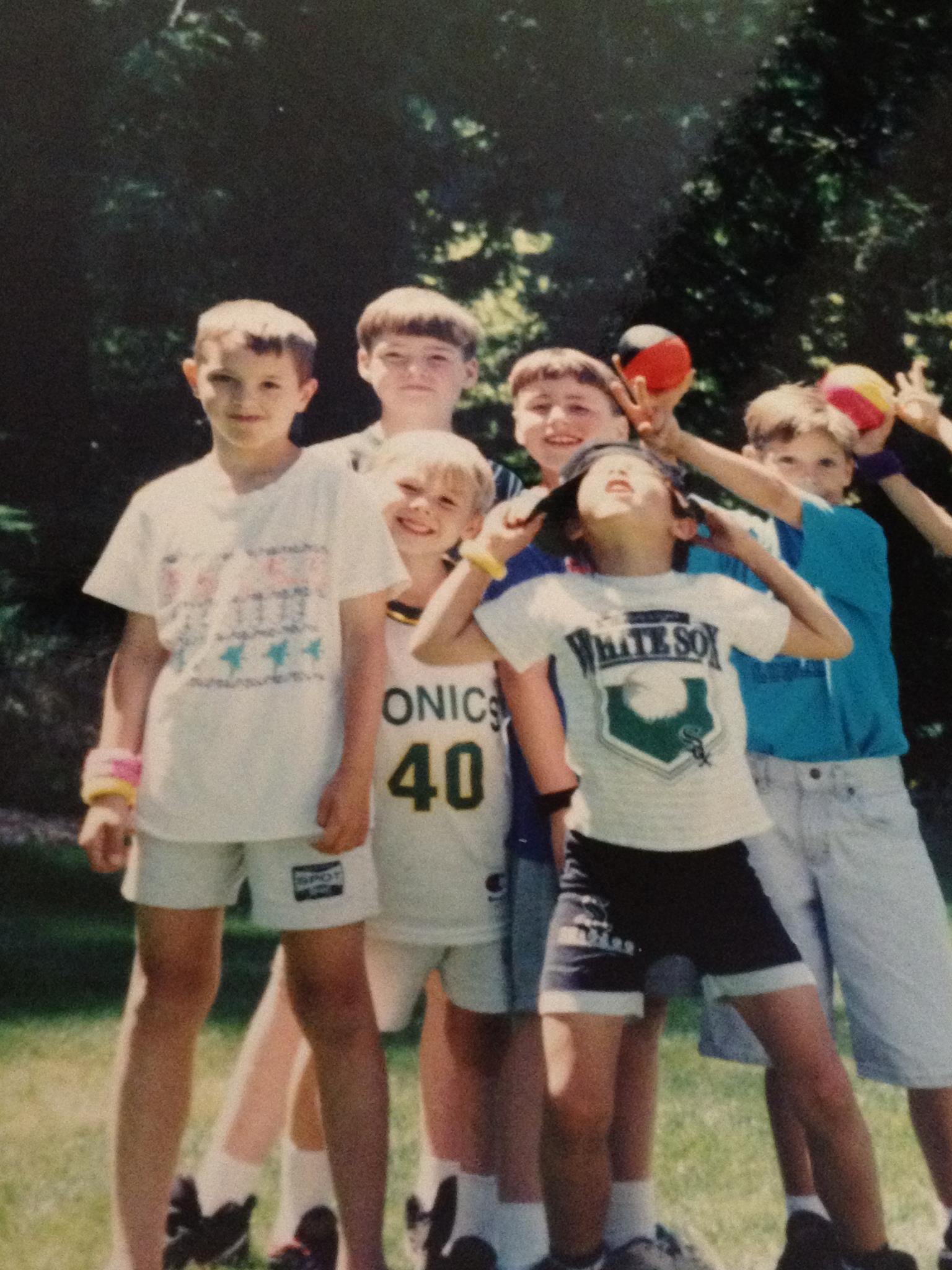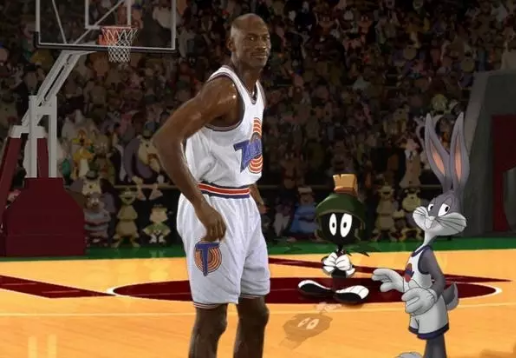about shawn kemp and gary payton
about shawn kemp
Things I’m learning about Shawn Kemp: that he’s awesome, obviously. I’ve clearly known that since the early 90's.
 believe it or not, i still have that seattle supersonics jersey.
believe it or not, i still have that seattle supersonics jersey.
But beyond that, I’m learning that his teammate, Gary Payton, made him better.
If you’re not a Sonics fan, how about John Stockton and Karl Malone? Michael Jordan and Bugs Bunny?

I loved basketball when I was a kid. We had a CD-Rom with stats and facts of all the key players in the league that I studied and memorized until I knew most of them by heart. I had the shoes, the jersey, the swagger (reference 1st picture in this post for proof). I was certain that I was going to grow up to become an NBA basketball player.
Study that photo of my friends and I at my 7th birthday party one more time and you might notice that most of them are a full head taller than me. As fate would have it, that trend continued with time, until I was cut from the team and told I was too short to be an asset.
So, what’s the lesson to learn here? Never give up, refuse to take no for an answer, don’t stop until you achieve your dreams? As much as I loved the movie Rudy as a kid, that’s not how my story ended. I did give up. Because sometimes our dreams just aren’t realistic. Sometimes they’re the wrong dreams, sometimes we change, and sometimes they’re just plain silly. It’s ok to change our dreams as we grow and change ourselves. Heck, before I wanted to play in the NBA, I thought I wanted to be a Ninja Turtle, and that one didn’t exactly work out either.
The lesson here is a case study in teamwork and in partnerships. We’ll look at one of the most remarkable duos of all time. They filled headlines and highlight reels throughout the 90’s, and they gave kids like me a reason to wear their jerseys with pride.
Shawn Kemp was one of the most exciting basketball players to set foot on the hardwood. He was a star in high school, breaking both single game and season-long scoring records. He was a High School All-American, playing for the class of ’88 (arguably one of the best All-American classes of all time), and then became a first-round draft pick in the ’89 draft without playing in college, which was very uncommon at the time. Nicknamed the “Reign Man,” he played with a level of intensity, power, and excitement that made his presence known in every game.
Enter: “The Glove.” Gary Payton was the 2nd overall draft pick in 1990. Many consider him one of the greatest point guards of all time. His quick hands earned him the NBA Defensive Player of the Year award, the only point guard in history to do so. His abilities and playing style (+ his indisputable gift for trash talking) were the perfect complement to the aggressive, powerful Shawn Kemp. Together, they were dubbed the Sonic Boom.
A quick youtube search illustrates this well.
As individuals, Shawn Kemp and Gary Payton were great players. Together, they were extraordinary.
Their complimentary talents made the other better. It turns out that sometimes 1+1=3. The sum is greater than the individual parts.
I’m learning that these same principles apply off the court as well.
I’ve experienced the magic that happens when you get this right, and I’ve experienced the absolutely disasterous consequences that come as a result of getting this wrong. I’ve felt the natural chemistry of a great team, where the projects and the people are in alignment and elevate one another, to grow in ways they never could alone. I’ve also felt the friction and frustration that can cause things to fall apart.
Through analysis and reflection of my experiences, I’ve learned how powerful it is to first know yourself, very very well. Your strengths, and your weaknesses. Your desired outcomes. Your shoulds and your musts. Your own mission, your own values, your own principles, by which you will conduct your own behavior, make decisions and treat people. Your definition of success. Your good, better, and best, as well as your not-acceptable.
Then, be that person. With a renewed vision and understanding of the kind of team you want to be a part of, you can lead and act and communicate and treat people and make decisions the way you expect of yourself and your team. In my experience, this can naturally attract the kind of people/clients/friends/partners/bosses/employees/etc that you will be in alignment with.
As I’ve worked to figure that out, my result has been clarity. As I’ve identified and defined these things about myself, I’ve seen how much easier it becomes to know where I’m going, how I’m going to get there, and who I want along for the ride.
I’ve learned the importance of having the right people on the bus, the wrong people off the bus, and the right people in the right seats.